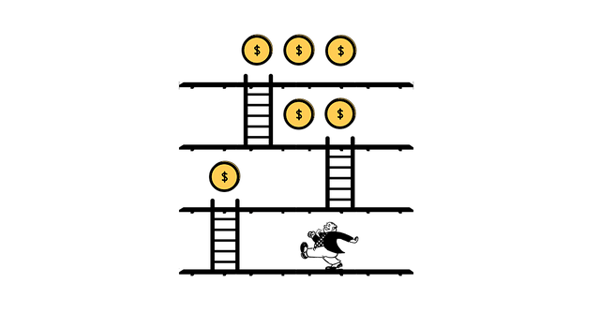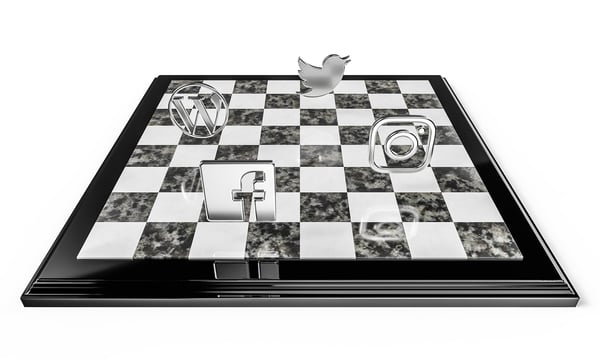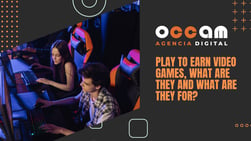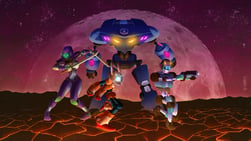Index Content
In the world of marketing, using new techniques is essential for success. Today we are going to talk about gamification, a growing concept that makes work more enjoyable and increases the interest of customers. Attention!
what is gamification?
Gamification consists of applying game design concepts and dynamics to fields such as education or marketing to make user interaction more attractive. There are two main types, external gamification and internal gamification.
- External gamification: it is aimed at customers, and deals with the application of game mechanics in marketing strategies in order to attract and retain customers.
- Internal gamification (or gamification applied to the company's human resources): it is aimed at the company's employees and deals with the application of game mechanics in strategies within the company to increase the motivation and productivity of human capital.

The main advantages of the application of gamification in marketing are as follows
By using games to generate interactions with users, brands add an element of fun and competition to their marketing strategy. Therefore, gamification offers many advantages for brands:
- increased customer and prospect engagement: the gamification strategy creates a reward-based environment and thus stimulates customer loyalty to the brand.
- increased brand recognition: the gamification strategy positively influences the perception of the brand by customers, resulting in an increase in word-of-mouth recommendation, which in turn leads to an increase in the number of customers.
- increased sales: thanks to the application of the gamification strategy, interactive platforms are created that reward customers when they participate. This provides an extraordinary incentive for sales.
- increased sense of competition and community: the gamification strategy creates an environment in which people are involved in marketing campaigns. This generates a lot of motivation, as users compete with each other.
- increased differentiation, innovation and outperforming the competition: the gamification strategy is not widely used by companies, which is why companies that use this technique in their marketing campaigns are able to differentiate themselves from the competition.
- increased time spent on communication channels: in the case of gamification applied to digital marketing, users spend more time on communication channels.
- increased data collection: thanks to the application of the gamification strategy, many interactions are generated between users and the systems, resulting in the collection of countless data that can help companies to identify their target or target audience and create personalised offers for them.
how to apply gamification in your marketing strategies?
-Create a game that makes sense according to the objectives of your company or business. Think of a game mechanic that is easy for users to understand and that is in line with your company. In addition, you must get users to stay longer on your website so that your brand ends up positioning itself in their "top of mind".
-Try to make the games provide value to users. It is important that the games you design provide value to customers and make them feel a sense of community and competition. This will make players want to interact more and more with your brand.
-Consider feedback: Games give users real-time feedback on their progress, so when designing your own gamification strategy, it is important to consider giving feedback to users.
-Measure the results - it is imperative that you check what has worked and what hasn't. This way, you will know what you need to improve and what you need to eliminate from your strategy.

2 great examples of gamification in marketing
- Nike+FuelBand: In 2012, the famous sports brand launched a bracelet that tracked users' activity throughout the day by connecting the bracelet to their mobile phone. But this bracelet was more than just a "smart bracelet". It offered competition, motivation and community. By tracking users' activity, they could unlock achievements, compete with friends and share their progress. This generated a lot of user engagement with the product and the brand. It also encouraged people to do much more sport, so Nike also generated more sales. Moreover, from that moment on, interaction on social networks only increased.
- Starbucks, a coffee shop known for its incredible customer service, decided to offer its customers something more than a traditional customer card. It decided to offer them a card with which customers could earn stars with their purchases, and redeem them for drinks and food. It did this by launching the "My Starbucks Rewards" application, which aims to get you to drink more coffee and food so that you get rewards. It is a very simple gamification strategy, as you only accumulate stars that allow you to get free food, refill your drink and even give you things for your birthday. In addition, this application allows you to create your favourite coffee so that every time you go to a Starbucks they know how you want your coffee.





